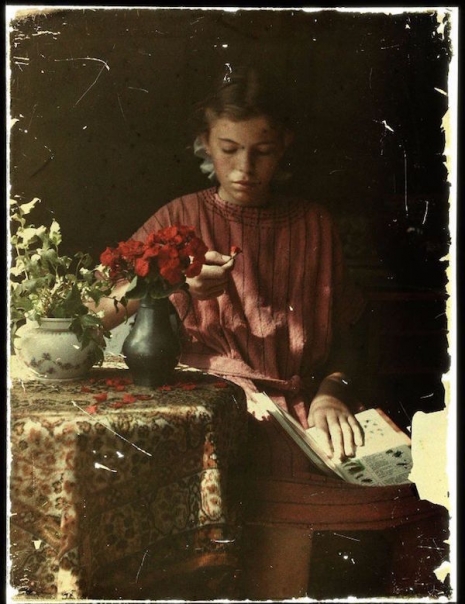
The lowly potato gave the world sustenance, French fries, and would you believe color photography?
In 1903, two French inventors and photographers, Auguste and Louis Lumière, used the potato as the basis for their patented process in creating color photographs, or Autochromes as they were called. It was a simple but ingenious technique—crush potatoes into tiny particles; separate these minuscule starch particles into three; add red, violet and green dye; mix onto a glass plate; brush off the excess; flatten the dyed particles onto the plate between two rollers—thus creating microscopic color filters; fill in any gaps with soot; brush with light-sensitive silver bromide. Voila! You have a photographic plate ready to take color pictures.
The Lumières were also behind early advances in motion pictures but the brothers thought there was no future in movies and stuck to developing color photography. By 1907, the Lumières’ technique had proved so successful it infected the photographic world with “color fever.” Photographers across Europe and America (including talented amateurs like Gustave Eiffel better known for his Parisien tower) started producing a gallery’s worth of pictures—from portraits to nudes. To get an idea of scale, take for example just one repository the National Geographic Society which currently has “more than 15,000 glass plates in its archives, most of which are autochromes.”
What I love about Autochromes is the richness of color matched by a literal grittiness caused, in fact, by the potato starch. It gives the pictures a painterly quality, a depth, and resonance that digital photographs can rarely match. There were so many Autochromes taken after 1907 that sometimes the identity of the photographer is not known. Where possible in the following selection, I’ve tagged the person behind the camera.
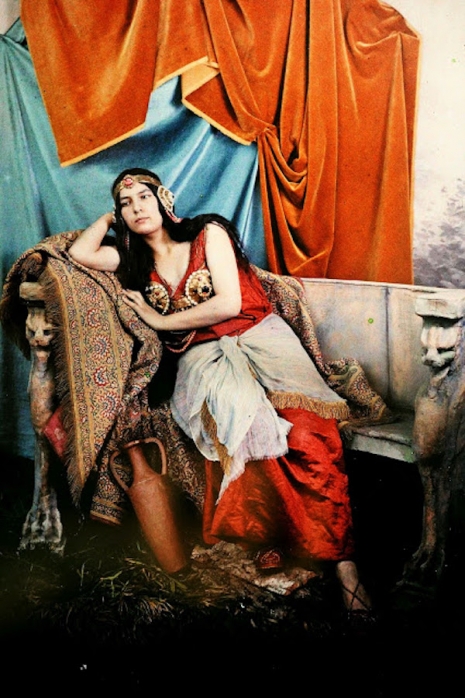
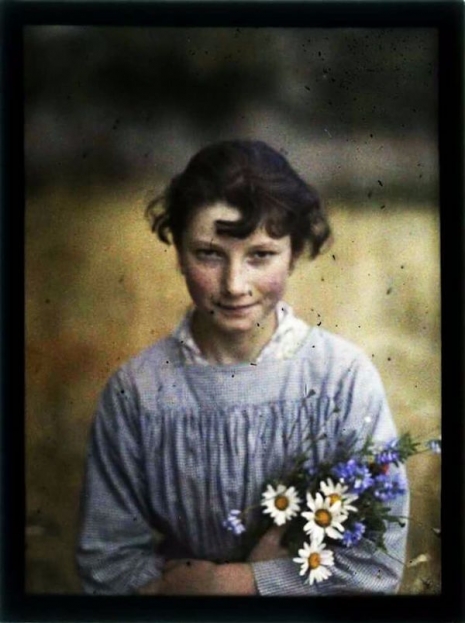
Gustav Gain.
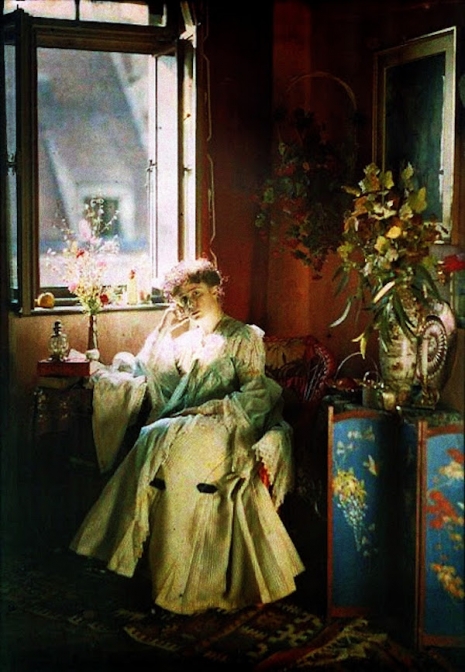
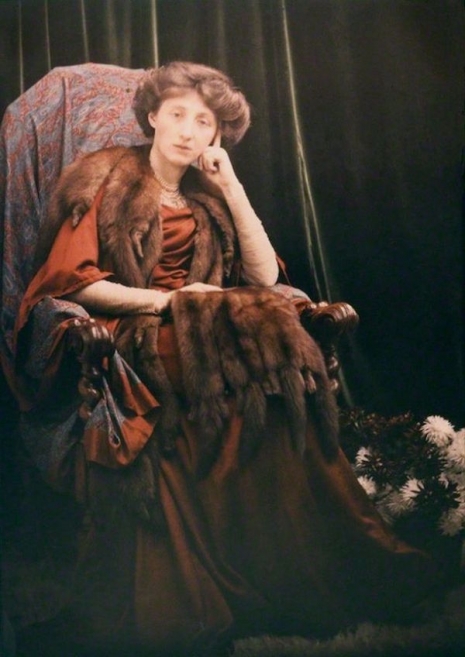
Olive Edis.
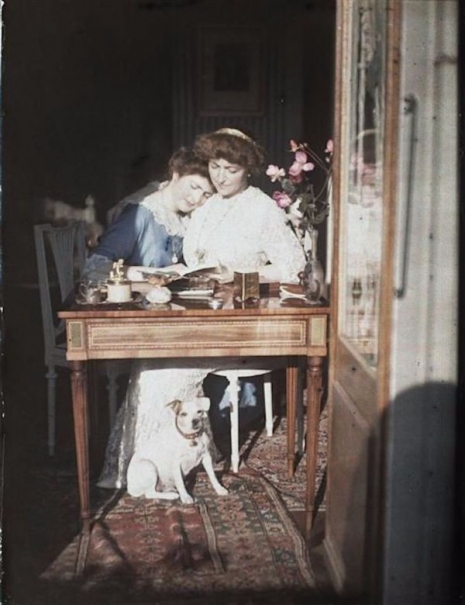
Gustave Eiffel.

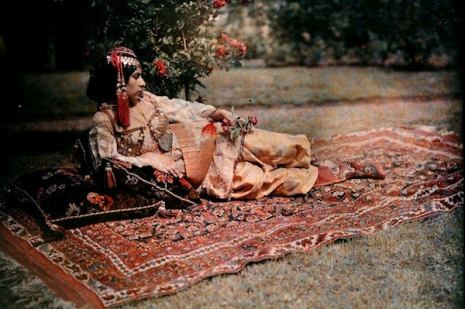
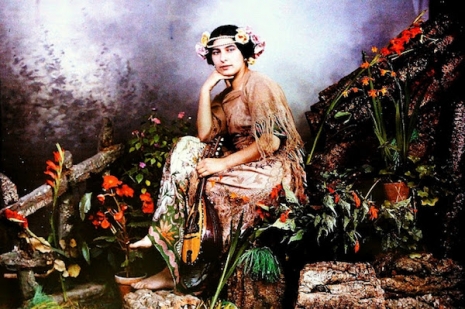
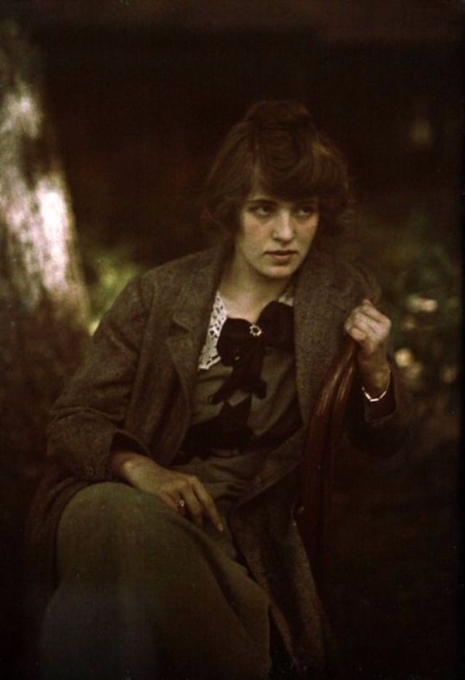
Alfred Stieglitz.


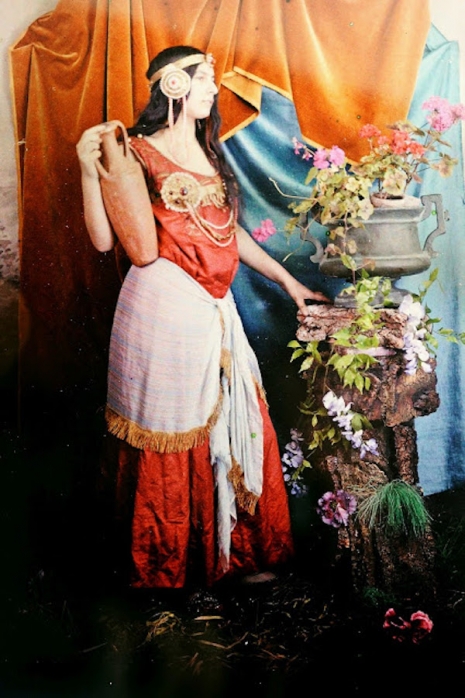


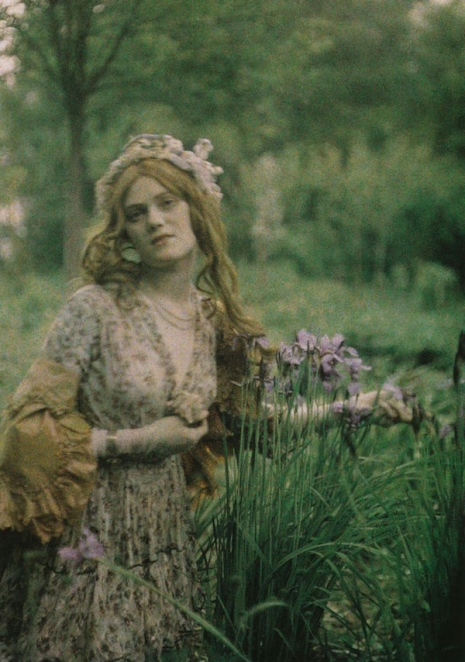
Paul Bergon.
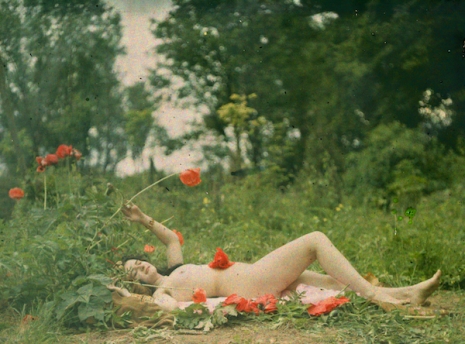
Paul Bergon.
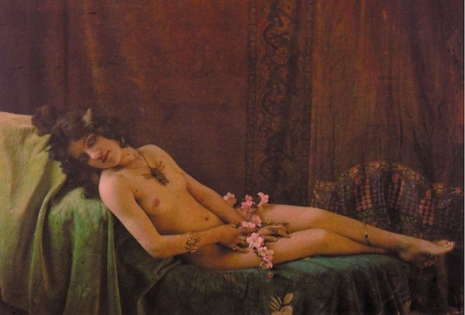
Paul Bergon.

Paul Bergon.
Via WikiCommons and Vintage Everyday.
Previously on Dangerous Minds:
Gorgeous color Autochromes of American women from over 100 years ago
At Home, At Work, At Play: Color Autochromes of life before the First World War